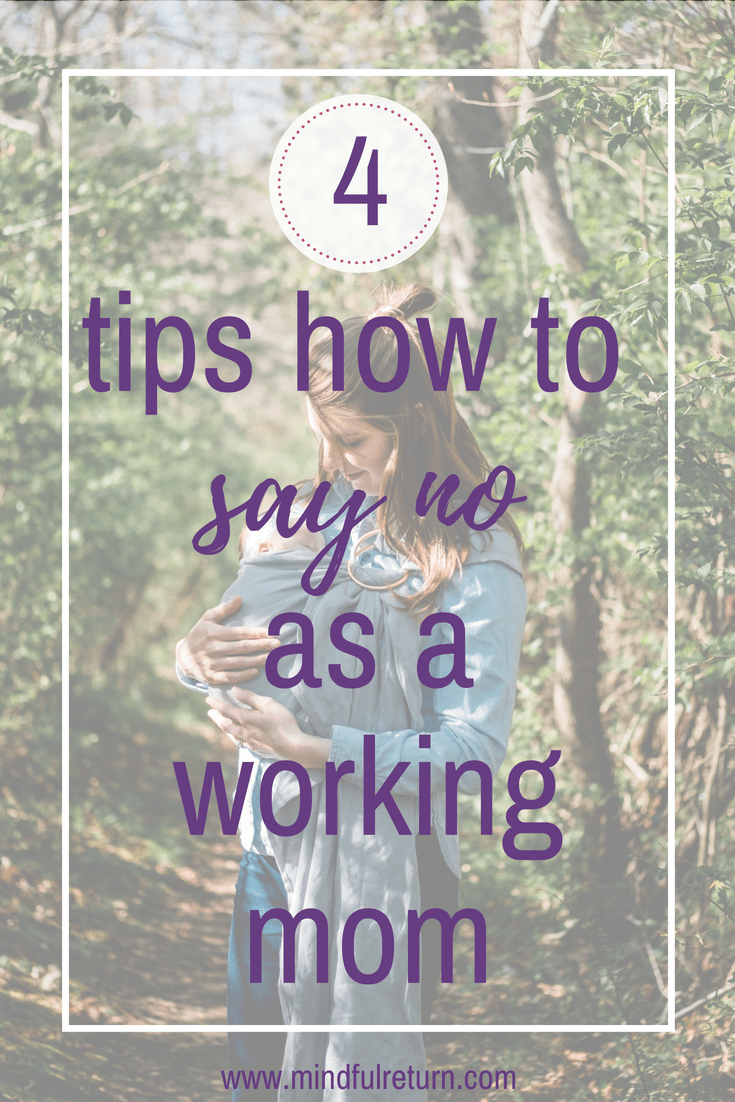 Is saying no your first instinct when someone makes a request of you? It’s not mine. I’m definitely the type of person whose natural reaction to a (reasonable!) request is an enthusiastic “yes.”
Is saying no your first instinct when someone makes a request of you? It’s not mine. I’m definitely the type of person whose natural reaction to a (reasonable!) request is an enthusiastic “yes.”
I love being able to contribute when people ask for my input. It feels good to be an engaged colleague and friend. I like the work I do, and I want to give back to my friends and family. Quite honestly, I find it flattering when someone calls and asks if I’ll take on a leadership role with an association related to my field.
But I know I can’t say yes to everything – every option, every request, every opportunity that comes my way – if I want to focus on what’s important to me and take good care of myself in the process. Since having two kids, running a business, and working full time, I’ve simply had to become better at prioritizing, “curating” my days, weeks, and months, and pointing a laser focus on the “need to dos” rather than the “would like to dos”.
That kind of prioritizing requires a good deal of turning others down, though. And I’ve discovered over time that there are certainly better and worse ways to say no. There are no’s that burn bridges (“I’m too busy, leave me alone!”), but then there are no’s that can actually improve your relationships and boost your professional profile and reputation.
Here is the formula I like to use for saying no and declining a request in a professional, respectful way:
(1) Express enthusiasm for what the requestor is trying to accomplish. For example, “the association you’re asking me to take a leadership role in has been really important for my professional development, and I really couldn’t be more grateful for what it’s given me professionally.”
(2) Explain your current circumstances. For example, “As you might imagine, having just started a new job a few months ago with two little kiddos under 5 and a business to run, I’m a bit pressed for time these days.”
(3) Express openness to revisiting the request in the future. For example, “Please, please keep me on your list and reach out to me next year if you find you have the same need.”
(4) Offer to help find others who might be able to help. For example, “I’m happy to help you brainstorm names of other people you might ask, who might be able to help. E-mail me about this, and I’ll send you the names of some of the colleagues I think you should reach out to.”
Yes, this all takes slightly more time and effort than either ignoring the request or responding with a grumpy “forgettaboutit”. But if your goal is to be known as a collaborator, team player, and contributor in your community, the extra effort is worth the few additional moments it takes to be professional and respectful. Your personal brand will thank you for opting for the thoughtful approach.
Want more practical tips on working parenthood? Check out my book, Back to Work After Baby: How to Plan and Navigate a Mindful Return from Maternity Leave



